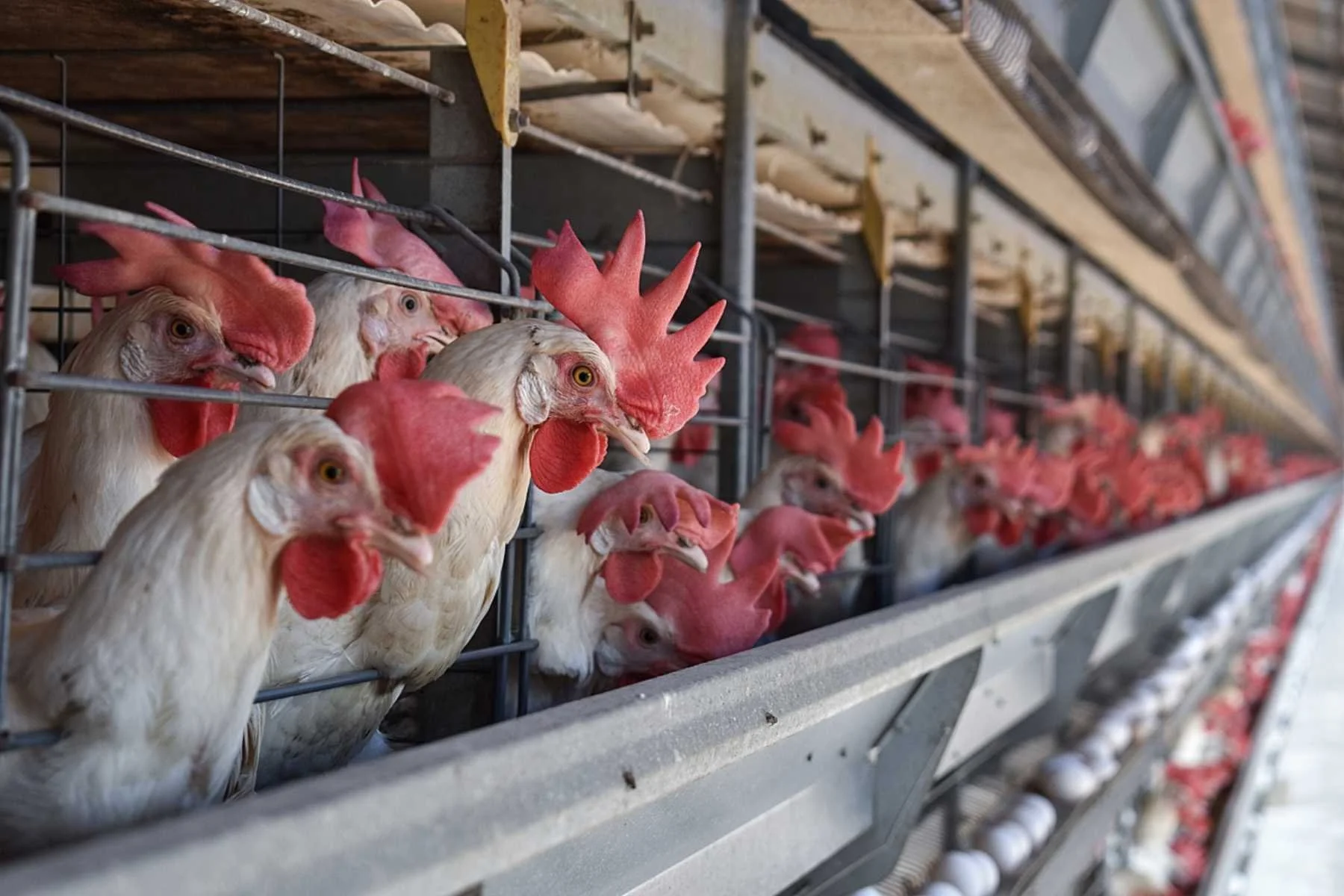Why have these 26 ex-laboratory chimpanzees not been retired to a sanctuary?
Nearly a decade after the US ended invasive chimpanzee research and promised to send all remaining great apes to sanctuary, 26 chimps remain in limbo at the Alamogordo Primate Facility in New Mexico.
More than two dozen chimpanzees are trapped inside a laboratory in New Mexico despite not being used in medical research for over two decades, according to campaigners.
In 2013, the US Fish and Wildlife Service (FWS) listed chimpanzees as endangered, restricting the majority of invasive animal research on the species.
This was followed by an announcement in 2015 by the US National Institutes of Health (NIH) that it would end its support of biomedical research on chimpanzees and retire the remaining great apes to a federally funded sanctuary in Louisiana called Chimp Haven.
However, more than eight years on, that promise has not been fulfilled, leaving 26 chimpanzees in limbo at the Alamogordo Primate Facility.
Why Have the Chimps Not Been Retired to a Sanctuary?
Soon after it was announced that the remaining chimps would be retired to Chimp Haven, Charles River Laboratories received a government contract funded with taxpayer dollars to warehouse chimpanzees at the Alamogordo Primate Facility on Holloman Air Force Base in New Mexico, according to the Humane Society of the United States (HSUS).
Opposition to the chimps' retirement to the sanctuary came after a veterinarian for Charles River Laboratories claimed that many of the chimps were too fragile to be moved and should instead spend the rest of their lives at the laboratory.
In 2019, the NIH announced it had adopted the recommendations of the veterinarian, citing an independent veterinary panel review that agreed the primates still at Alamogordo were too sick to leave.
HSUS argued that the review was not "independent," pointing out that it was composed of NIH’s own veterinarians and lacked a veterinarian with sanctuary experience, a primate behaviorist, and an ethicist.
The NIH claims the remaining chimps are "moribund," which is understood to mean they are suffering from “life-threatening, systemic disease that poses a constant threat and could result in abrupt death.
HSUS strongly disputes the claim and highlights the agency’s discrepancy in asserting that the 26 chimps have been moribund - on the brink of death - since at least early 2021.
“They really need to stop making excuses,” Kathleen Conlee, vice president of animal research issues at HSUS told the New York Times. “A lot of chimpanzees have moved to sanctuary with health conditions and thrived in their new environment.”
The Legal Fight
In 2021, HSUS, Animal Protection New Mexico, the Humane Society Legislative Fund and three individual plaintiffs sued the NIH, arguing that the agency violated the federal Chimpanzee Health Improvement, Maintenance and Protection (CHIMP) Act by denying sanctuary retirement to dozens of chimpanzees. After a federal judge ruled in favor of HSUS and the other animal groups in 2022, NIH appealed that decision.
“There was really no rules of the road about what kind of research could be done on chimps.”
Earlier this year the NIH abandoned its appeal, giving new hope for the remaining chimps until the Santa Fe New Mexican reported last month that the NIH had no immediate plans to transfer the chimps.
“NIH plans to conduct an annual evaluation of the chimpanzees at Alamogordo to determine if they are moribund, or if they are no longer moribund and can be safely transported to Chimp Haven pending availability of space there,” the NIH said in a statement.
Chimp Haven is home to more than 300 retired laboratory chimps. Credit: Chimp Haven
Advocates are now worried that the remaining 26 chimps, who were experimented on for years, could all die without experiencing life in a sanctuary.
“It’s a tragedy when you think about it, and somewhat cruel,” said Gene Grant, chief program and policy officer with Animal Protection New Mexico. “They are so deserving of freedom and sanctuary. They have paid their debt to society and to our country, when you really think about it.”
“It resulted in a lot of injury and, unfortunately, death, as well,” said Grant, referring to the biomedical experiments on the great apes. “I mean, there was really no rules of the road about what kind of research could be done on chimps.”
Chimp Haven, the world’s largest chimpanzee sanctuary, is a 200-acre forested environment tailored to the needs of chimpanzees once used in biomedical research.
Hundreds of chimpanzees have been relocated to this sanctuary, where specialists trained in chimpanzee behavior and medicine have created an environment that allows the chimps to enjoy many of the experiences they would have had in the wild.
Chimp Haven is located on 200 beautiful forested acres outside of Shreveport, Louisiana. Credit: Chimp Haven
What Can You Do?
These chimps have the legal right to live out their days in peace. Please send a message to the NIH urging them to send the Alamogordo chimpanzees to sanctuary. Submit your urgent letter here.
Chimp Haven provides sanctuary to more than 300 chimps rescued from laboratories. Support their incredible work here.
We Have A Favor To Ask…
Species Unite amplifies well-researched solutions to some of the most abusive animal industries operating today.
At this crucial moment, with worldwide momentum for change building, it’s vital we share these animal-free solutions with the world - and we need your help.
We’re a nonprofit, and so to keep sharing these solutions, we’re relying on you - with your support, we can continue our essential work in growing a powerful community of animal advocates this year.






